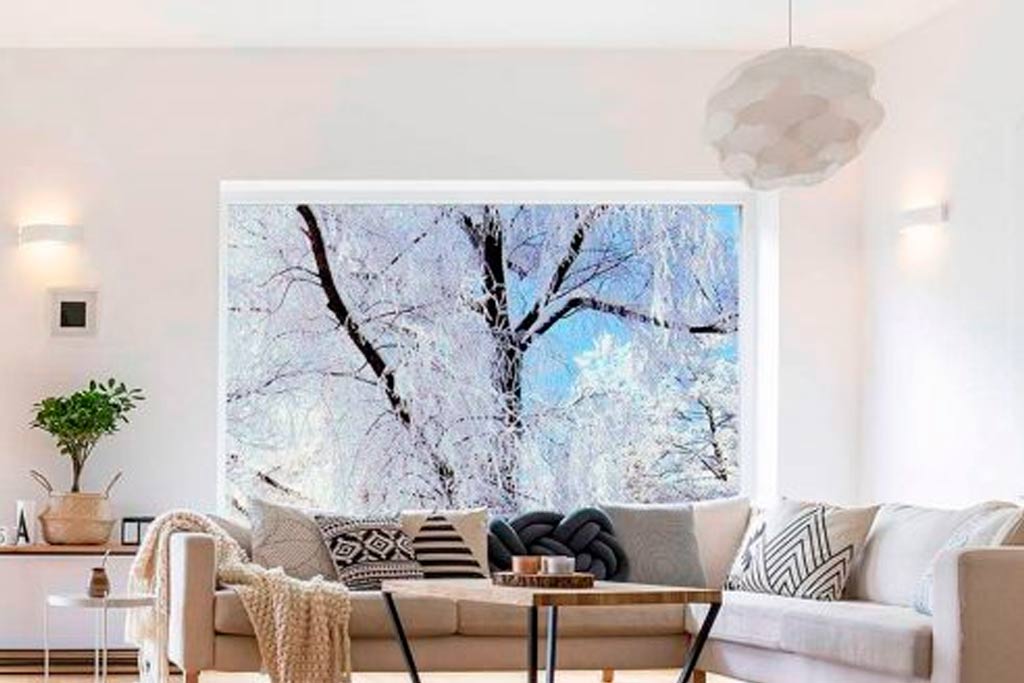
Did you notice more ice buildup on the windows of your home this winter? And, how do you tell when frost on windows is becoming an issue?
Frost formation can make your windows look like a picture of a holiday card, but it can also be an indicator that it is time for replacement windows Barrie. Continue reading to find out how frost forms on windows, when it becomes a problem, and how to prevent it in the future.
How Does Frost on Windows Form in the First Place?
Window frost is quite common; however, when ice inside windows forms, this could lead to potential problems with the structure of the window as well as the window frame. Moreover, mold can form as a result, which can lead to serious health risk, especially for those with breathing and allergy conditions. In order to stop frost from forming inside your windows, you first need to understand what causes it.
When there is a great deal of humidity in the outside air, it can form condensation on your windows. During those months in which the weather is colder, this condensation then turns into ice or frost on windows. Frost on the outside of windows is not as much of a concern as frost on the inside of your windows for the aforementioned reasons.
In addition to humidity resulting from weather conditions, there are also several other reasons why humidity can form in the air, which can then form frost on the inside of your windows, such as the following:
- Poor ventilation in such rooms as bathrooms, kitchens, or laundry rooms.
- Improper settings on the furnace or humidifier.
- Faulty humidifier for furnace.
Not only can humidity cause frost on windows, but it can also damage such items in your home as walls and furniture. It can cause wood furnishings and items to decay, lead to the growth of mold and mildew, and cause your HVAC system to have to work harder to heat your home. This can lead to increased energy bills and poor air circulation.
Ways to Prevent Frost on Windows
Following are some ways to keep frost from forming on your windows during the colder months, as well as how to prevent excess humidity from building up in your home.
- Contain all of your indoor plants to one room of the home and do not over-water them.
- Inspect all gas appliances and plumbing in every room of your home to ensure that there are no leaks. Damaged pipes or gas appliances can cause humidity to be released into the air. If you spot any issues, have them repaired immediately.
- Refrain from storing firewood inside the home, as the moisture in the wood contributes to the level of humidity.
- Place rolled up towels in your window. This will absorb excess moisture. Ring them out or replace them once they become damp.
- Use dehumidifiers in rooms that have excess moisture, such as bathrooms, laundry rooms, and kitchens.
- Check if your vent system is working properly and have it repaired if there is any damage.
- Make sure that your carbon monoxide detector is working properly.
- Utilize your exhaust fans in rooms that have excess humidity, such as kitchens, laundry rooms, and bathrooms.
- Make sure the caulking on your windows is intact. Repair or replace caulking as needed.
If you have taken all of these precautions and are still noticing frost on windows, it may be time for window replacement. Single pane or older windows may need to be updated to double or triple pane windows with low-E coatings on the windows and inert gases between the panes to help prevent condensation. Moreso, replacement vinyl windows can lower your energy bills by almost one-quarter every month.
Contact Atlant Widows if you are experiencing issues with frost on windows inside your home. We can help you determine if it is, in fact, time for window replacement. Call us today for a free quote and in-home consultation for new windows for your Barrie area home.

